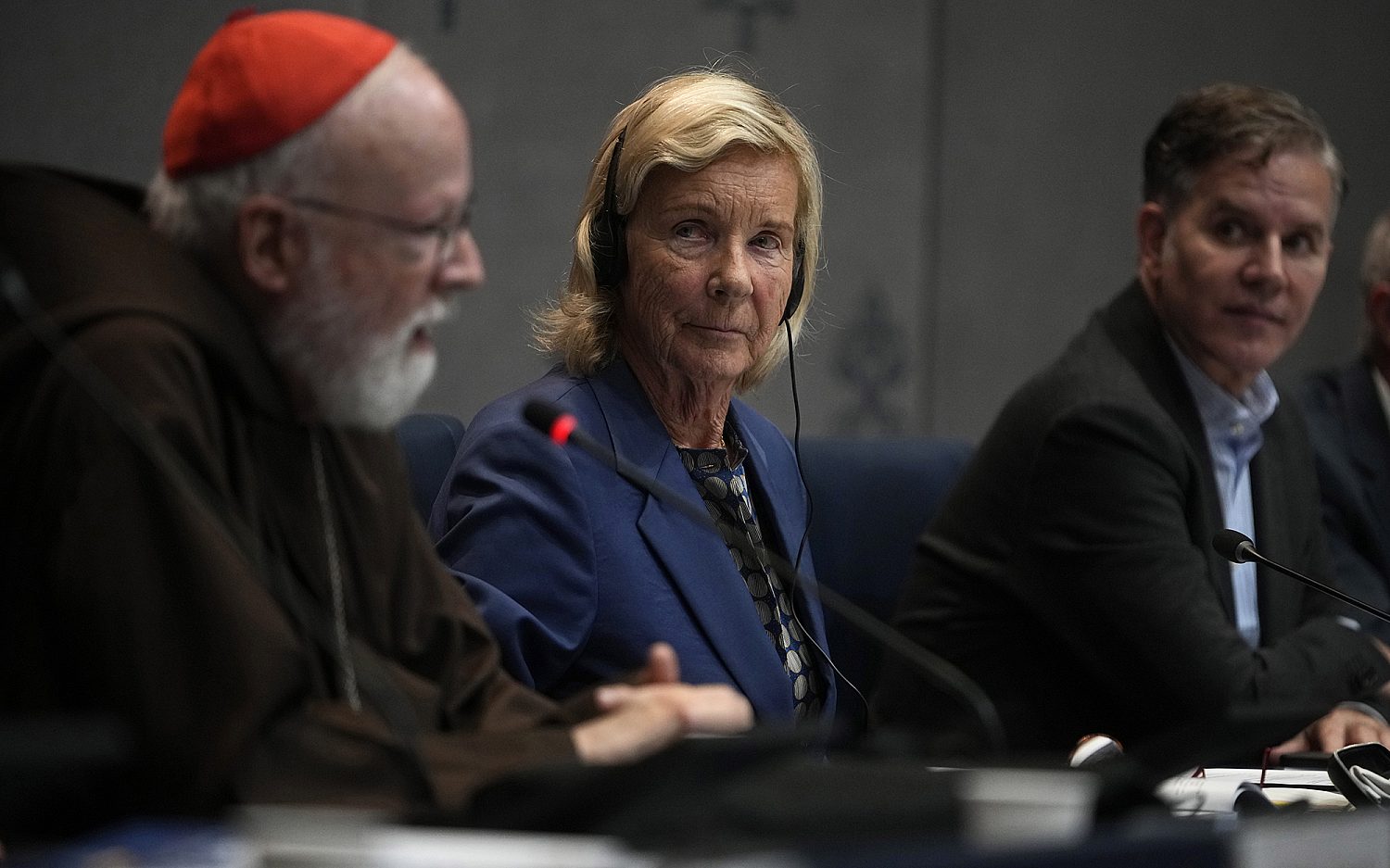Prohibiting the prohibition
The 6th U.S.
The 6th U.S. Circuit Court of Appeals hears all federal appeal cases for the states of Tennessee, Kentucky, Ohio, and Michigan, and those lucky states received a bombshell of a ruling last Friday in Coalition to Defend Affirmative Action v. Regents of the University of Michigan.
In a 2-1 decision, the court panel ruled that a voter-approved 2006 amendment to Michigan's Constitution, Proposal 2 (also known as the Michigan Civil Rights Initiative), which prohibits public universities from granting "preferential treatment to any individual or group on the basis of race, sex, color, ethnicity, or national origin," violates the Equal Protection Clause of the 14th Amendment of the U.S. Constitution. (The court's ruling affects only the states represented by the 6th Circuit.) This majority decision, authored by Ransey Guy Cole Jr., turns the clause on its head and incorporates discriminatory assumptions.
Here's the background: The Equal Protection Clause forbids states from denying to any person within their jurisdictions the equal protection of the laws. It says nothing directly about race, but given the atmosphere of its enactment in 1868, clearly it was created to eliminate racial discrimination at the government level. The U.S. Supreme Court has faithfully insisted that government singling out on the basis of race is the ultimate violation of equal protection.
Thus the Supreme Court has struck down many affirmative action policies across the nation for being too strictly race-conscious. In a surprising 2003 decision, the high court upheld an affirmative action policy at the University of Michigan School of Law. In that case the court looked at race as one potential variable for admission, not an absolute factor, and it served a compelling government interest of diversity in education. Otherwise the court has insisted that race classification remains "a suspect tool," as it noted in City of Richmond v. Croson, and that race-conscious admissions policies must be limited in time, since the goal of the Equal Protection Clause is to correct identifiable discrimination and eliminate governmental distinctions on the basis of race.
Now the 6th Circuit insists that the government-mandated absence of this "suspect tool" is itself a violation of the Equal Protection Clause. Judge Cole effectively causes the Equal Protection Clause to swallow its own tail. Affirmative action has been tentatively permittedat times by the Supreme Court, and explicitly condemned at other times. When it has been permitted, it has been in circumscribed ways, for important reasons, and for limited periods of time. Its presence has never been required, but now, according to the 6th Circuit, its prohibition is prohibited.
Not only does this ruling defy logic, it contains assumptions that many consider insulting and discriminatory. First, Cole asserts that Proposal 2 will reduce the number of minorities at Michigan colleges. The law forbids preferential treatment of whites as well as minorities, so the judge is claiming either that minorities cannot succeed on a level playing field or that we cannot trust educational institutions to avoid subconscious racism.
Cole also insists that Michigan has an enduring interest in increasing racial diversity at public institutions of higher education. The Supreme Court has ruled that it does for a limited period of time and in a restorative sense, but the diversity the court has addressed is viewpoint diversity in the classroom-all students contribute to each other's educational experience by bringing with them different backgrounds and beliefs. Assuming that a student's race invariably and for all time affects his or her viewpoint is itself highly discriminatory.
Michigan voters spoke back in 2006: They are tired of the drama of affirmative action and the harmful stigmas that accompany it. Two judges with lifetime tenure silenced another democratic majority with tangled analysis and toxic assumptions. Next stop: the U.S. Supreme Court.
Holly Vradenburgh is a rising third-year law student at the University of Virginia School of Law and a contributor to WORLD Virginia.
An actual newsletter worth subscribing to instead of just a collection of links. —Adam
Sign up to receive The Sift email newsletter each weekday morning for the latest headlines from WORLD’s breaking news team.




Please wait while we load the latest comments...
Comments
Please register, subscribe, or log in to comment on this article.